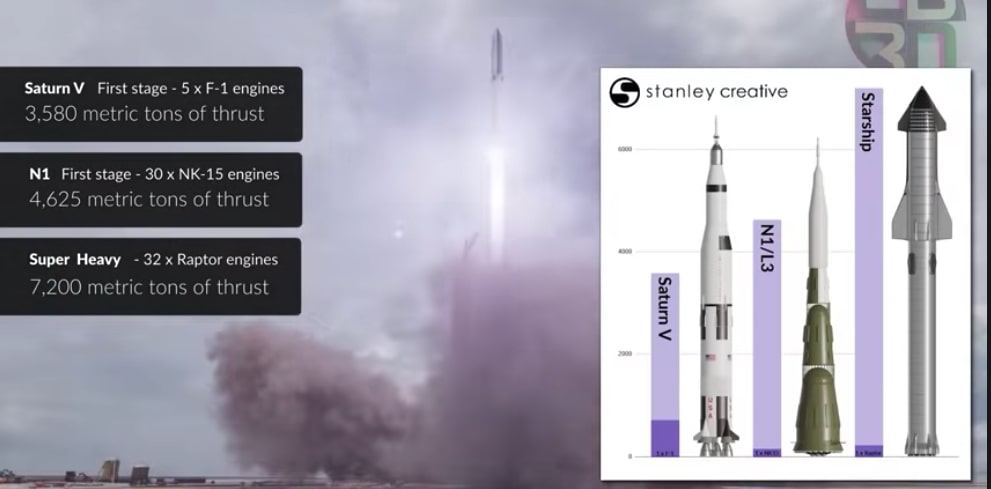Understanding How 3D Laser Scanners Actually Work in Practice
For any business that makes products or even outsources the manufacturing of products, methods of quality control matter. For example, you want your products to perform as designed. It becomes increasingly important if your product must meet certain tolerances.
While there are many quality control methods, such as planning, training, and benchmarking, it all boils down to testing at some point. One approach for testing is the use of 3d laser scanners. These devices let you scan an object and create a 3D model on a computer using the scanned data, along with accurate information about sizing and dimensions.
If you’ve ever wondered how these devices work, keep reading for a quick breakdown.
How Do Lasers Work?
Laser technology can become quite complex with types of lasers ranging from gas and chemical lasers to solid-state and metal-vapor lasers. In terms of how they function, though, there is a general pattern.
Every laser has a gain medium, which is where most of the work happens. Electricity, a diode, or even another laser excites the atoms in the gain medium. The electrons in the atoms gain energy.
When the electrons lose that energy and return to their ground state, they shed light. A mirror lets some of that light pass out the end of the device in a coherent beam.
Time of Flight
Laser scanning technology uses one of two main approaches. One approach is known as time of flight. In time of flight, the scanner works a bit like a laser range finder.
The device shoots a laser at an object and records the time it takes for the laser to get back. The device and some software can stack up those data points and create an accurate model.
Phase-Based
The phased-based approach still fires off a laser at objects or rooms. Where it differs is that the phase-based approach use what are called wave forms.
While not obvious to the naked eye, the reflected light comes back with a wider variety of intensities. That allows for more accurate mapping of the object or space.
Uses for 3D Laser Scanners
These devices find use in a wide variety of professions, such as:
- Manufacturing
- Law enforcement
- Construction
- Engineering
For example, a manufacturer might use a handheld 3D laser scanner for quality assurance. Law enforcement might use the technology as a way to map a crime scene or accident location.
3D Laser Scanners and You
When making a shopping list for your business, 3D laser scanners might not spring immediately to mind. They are a product worth investigating, especially for those in construction or manufacturing.
Those are industries where accuracy can mean the difference between success and failure. After all, would you rather do remodeling based on plans from a hyper-accurate scan of a room, or based on what you collecting using a tape measure?




